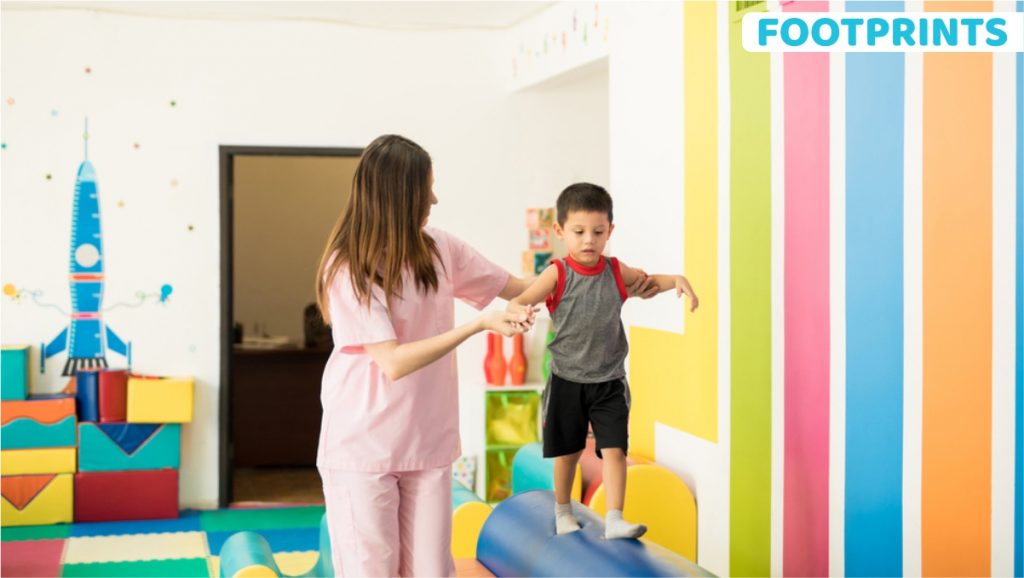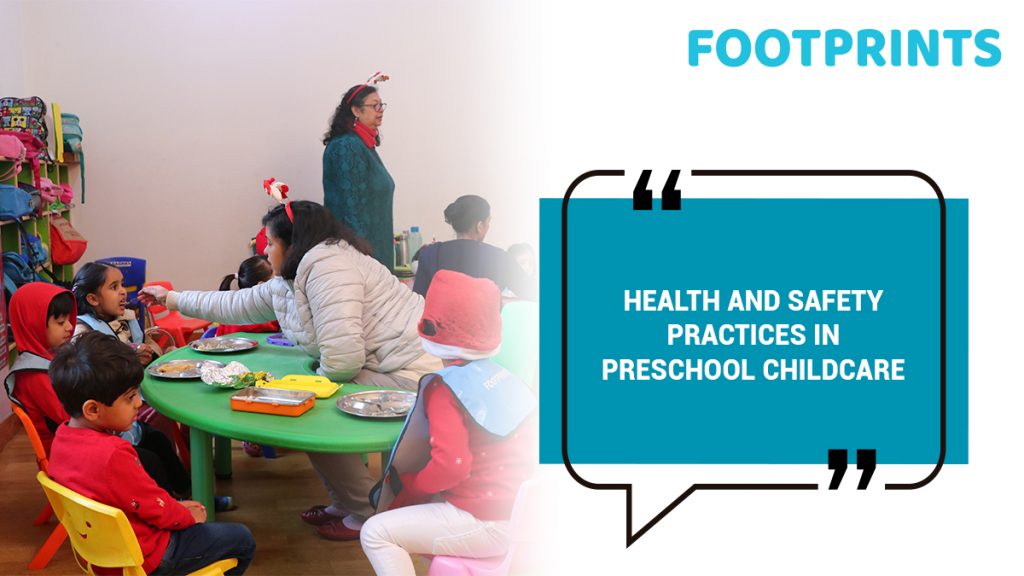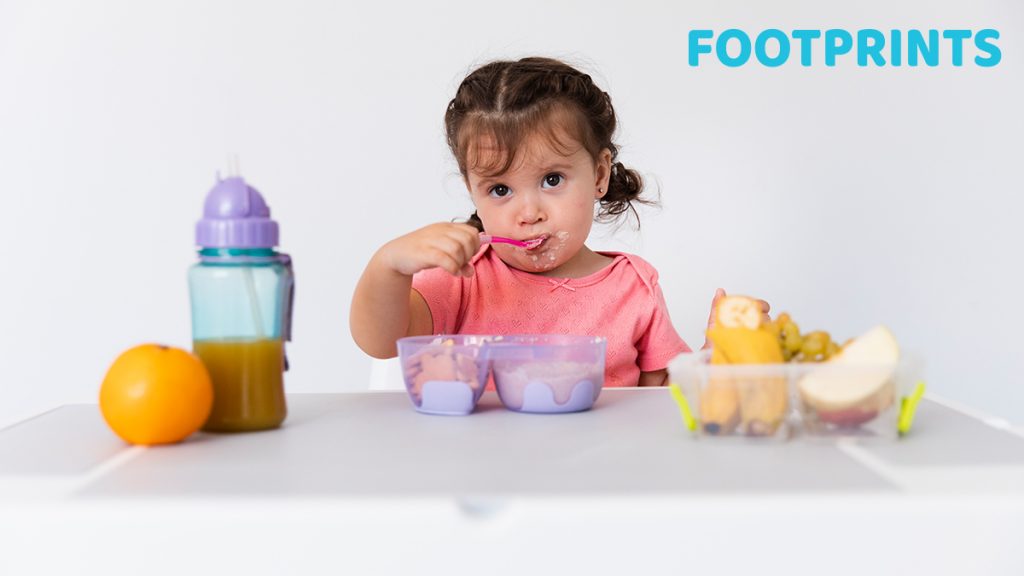
That children are born with innate potential is a given. What adults & caregivers need to do, however, is to provide a safe & healthy environment in which they can be nurtured & in turn, they can grow & thrive. Effective health and safety practices when it comes to childcare, are therefore crucial.
Here are some aspects to look for in choosing effective preschool and daycare facilities that are committed to the child’s health and safety.
Safety Measures
When the child takes the first few independent steps into a preschool or a daycare facility, the physical safety of the child is a primary concern. After all, the child isn’t capable enough to either articulate his or her needs fully or to ensure that they are met.
To ensure that the child is well taken care of, you need to look for the following aspects:
- Live CCTV footage – This one is not negotiable. You need to make sure that the facility offers you live CCTV streaming. That way, you can make sure that you are apprised of the child’s well-being. It is not just enough for the facility to be equipped with CCTV cameras but for parents to be able to access the live CCTV feed. While many dismiss this aspect as helicopter parenting, its importance cannot be overemphasized, especially for young children whose safety cannot be compromised.
- Childproof setup – Children are active explorers. More often than not, they are using their senses to learn about the world. They, therefore, like to touch objects & often even taste them. Add to this the fact that their physical abilities are ahead of their reasoning skills, and you know that they are prone to accidents. It is very important, therefore, that the facility is child-proof. Be it taking care of sharp corners, ensuring that electrical connections are beyond their reach, the flooring is not slippery, the toys aren’t toxic, and more, there is a lot of attention to detail that is required. In fact, effective child-proofing requires you to go down to the child’s level & see how the world looks to them from that vantage point.
- Keeping dangerous supplies out of reach– Supplies such as scissors, any other sharp objects, any objects that come with choking hazards, hazardous supplies & more need to be kept out of reach of children.
- Adult: Child Ratio– A child’s physical as well as mental & emotional safety also demands that there be a healthy adult: child ratio so that the child is effectively supervised and nurtured. In fact there are simply no substitutes for supervision. The staff, therefore, needs to be both well-trained as well as extremely passionate towards the cause of child safety. There are also several other aspects of supervision which include monitoring children for signs of child abuse & neglect.
- Effective dispersal methods– It is imperative that there be no let-up when it comes to dispersal policies. Right from security checks of visitors, not handing over children unless there are escort cards, background screening of staff, GPS systems in school transport, and more, a number of robust security measures need to be in place in order to ensure that child safety isn’t compromised at any point.
- Emergency Plan-Safety procedures also entail a well-thought-out emergency plan for any emergencies such as fire or any other hazards. Emergency plans, however, demand that the preschooler knows the drill.
- Communication– Last but definitely not least, effective safety measures demand that there is an open line of communication between the preschool/daycare & parents. The school, therefore, needs to keep the parents informed of guidelines, policies, any emergency information & more. The use of technology to do this is ideal so that there are no delays & information is communicated on a real-time basis.

Health & Hygiene Measures
The other important aspect is to ensure that you model good hygiene practices & a healthy lifestyle. It goes without saying that healthy children are able to progress in their all-round development. Some of the many ways to ensure this in the childcare setting include:
Ensuring healthy meals– It is imperative that the child be offered nutritious meals. In fact, effective menu planning needs to be undertaken by a qualified nutritionist to make sure that the child’s developmental needs are met. Importantly, there needs to be no place for junk food on the menu. It is important to realize that a child’s relationship with food begins early. The foundation of this needs to be laid well. Other than offering healthy meals, aspects such as community eating, not wasting food & more need to be taught to children early.
Hygiene– It is important that you pay attention to the hygiene practices followed. Checking to see how clean the kitchen is and whether or not the children are helped in washing their hands before meals are some important parameters. Overall, caregivers need to model effective hygiene practices for children to follow them.
Overall cleanliness of the setup is also key. Cleaning, sanitizing, and/or disinfecting surfaces and toys are some important steps that need to be taken to reduce the spread of infectious diseases in childcare settings. The setup should also be free of sites that accumulate stagnant water.
It is also important to note if the products, such as the toys and other learning materials being used, are child-safe.
To Sum up
These seemingly simple tips can go a long way in keeping the child safe & the parent at ease. With the child’s physical health and safety being nurtured, he or she will be that much better placed to make cognitive & emotional progress. It goes without saying that a big part of choosing the right preschool or daycare is the emphasis they place on the holistic development of the child, something that begins with the child’s physical well-being.
At Footprints, we take child safety & health extremely seriously. Live CCTV streaming, healthy adult-child ratios, trained & passionate staff & infrastructure designed for child safety are only some of the measures that we undertake toward the overall well-being of our children. Little surprise then that Footprints has emerged as a preferred parenting partner by parents across the country.

Amita is an experienced educator with over 30 years of experience. She has an outstanding understanding of child development, having worked with various age groups for prestigious businesses. She has been dedicated to handling Footprints’s Curriculum and Delivery department for the past decade. Amita’s credentials include being one of India’s few HighScope Curriculum certified trainers and volunteering as a course leader for Landmark Education, the world’s largest training firm.



